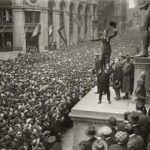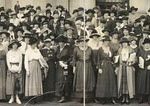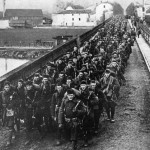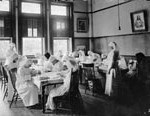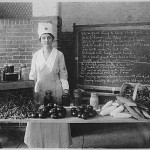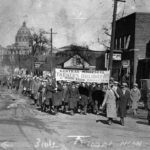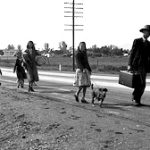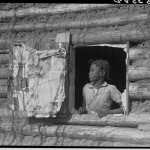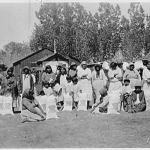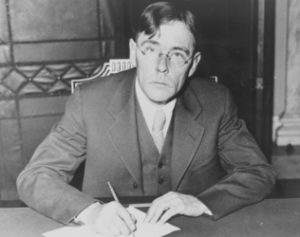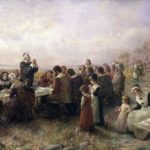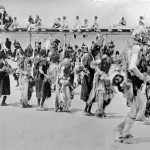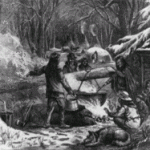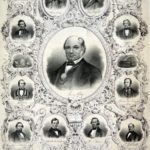During WWI, the U.S. government raised money to support its war efforts through Liberty Bonds. Private citizens could purchase bonds, and after the war redeem them for the purchase price plus interest. The government issued four sets of bonds:
* The Emergency Loan Act (April 24, 1917) which set interest rates at 3.5%
* The Second Liberty Loan (October 1, 1917) which set interest rates at 4%
* The Third Liberty Loan (April 5, 1918) which set interest rates at 4.5%
* The Fourth Liberty Loan (September 28, 1918) which set interest rates at 4.25%
Several patients at the Canton Asylum for Insane Indians purchased Liberty Bonds. As superintendent and chief disbursing agent for the asylum, Dr. Harry Hummer kept track of who held bonds, and their value. In a letter to the commissioner of Indian Affairs dated May 16, 1918, he listed the Second Liberty Loan Bonds held by patients. Kittie Spicer, Josephine Wells, Davis Roubideaux, Frederick Charging Eagle, Willie McCarthy, Luke Stands-by-Him, Robert Thompson, Joseph Marshall, and Edward Hedges owned bonds valued at $1,350 dollars on which $27 in interest had accrued.
______________________________________________________________________________________
